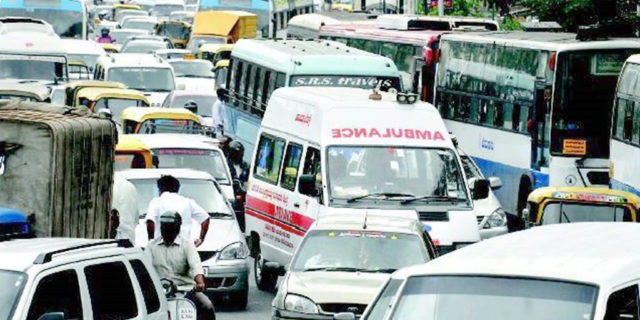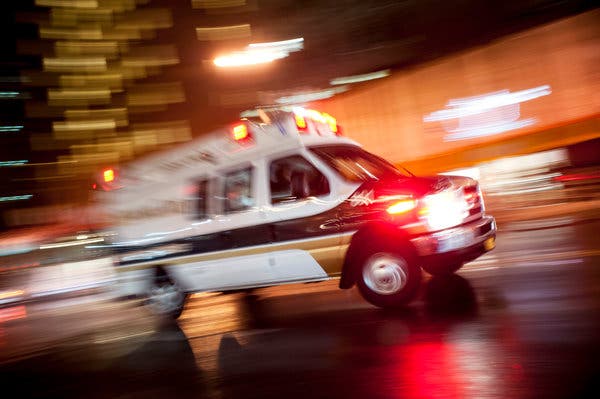A recent altercation in West Java, published widely on Indonesian social media, between an ambulance carrying patients to a hospital and a stubborn motorcyclist who blocked the emergency vehicles passage has ignited a lively debate regarding the right-of-way for emergency vehicles on the roadways.

The subject of right-of-way for emergency vehicles is addressed in Law Number 22 of 2009 of Traffic and Road Transport. In section 134, that law establishes priorities for vehicles traveling Indonesia’s roads and highways.
The vehicle given priority in declining order are:
- Fire Trucks traveling in the course of performing their assigned duties.
- Ambulances that are transporting the sick or injured.
- Emergency vehicles that are providing assistance connected to a traffic accident.
- Vehicles that are carrying the leaders of an Indonesian Government Agency.
- Vehicles carrying the leader or officials from a foreign nation, or transporting an official of an international agency, who are guests of the Republic of Indonesia.
- Funeral processions escorting human remains.
- Convoys of vehicles traveling on journeys deemed as necessary by the Indonesian Police
Law Number 2 of 2002 (Section 18) grants the Police broad authority to make discretionary decisions in the field in the facilitation of traffic flow.
Penalties and Sanctions
Penalties for motor vehicles who violate the right-of-way priorities set for emergency vehicles are subject to jail terms of up to one month and a maximum fine of Rp. 250 million.
In this context, it is worth noting that self-appointed ambulance escort-vehicles (that are not police vehicles) ignoring traffic lights or traveling in the wrong direction on roadways can be punished by two months imprisonment or a fine of Rp. 500,000.

